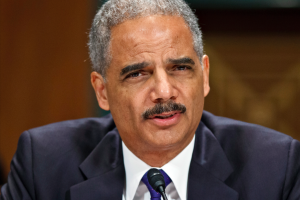According to the Department of Justice Prisons Director Charles Samuels, there has been an “unprecedented” fall in prison numbers. He made the statement to a meeting of the US Sentencing Commission in Washington this week to consider across-the-board cuts to penalty guidelines for drug crime.
The Guardian reported this week ” The commission projects that downgrading the lengths of sentences in this way will eventually allow the Bureau of Prisons – the largest corrections department in the country – to reduce its population by 6,550 inmates at the end of five years.
“Though the numbers are small relative to the federal prison population of 216,000, and the 1.3m in state prisons, they suggest that shifts in prosecutions policy are already bringing an end to the long-running boom in prison numbers, particularly for more serious crimes tried in federal courts. There are more than 2 million Americans behind bars when county jails are included. While the total prison population has been declining for three years, the federal prison population had continued to grow.”
Federal prison populations going down is obviously good news. But it would be a mistake to view a onepercent drop in federal prison numbers as a substantial movement toward reform when the number of federal prisoners has increased astronomically over the past thirty years.
According to a new report by the Congressional Research Service (CRS), the federal prison population has jumped from 25,000 to 219,000 inmates, an increase of nearly 790 percent over that thirty year period.
That is not to denigrate this adminstration efforts towards reform, but it points to the difficult path required to have a major impact on the number of federal prisoners..


